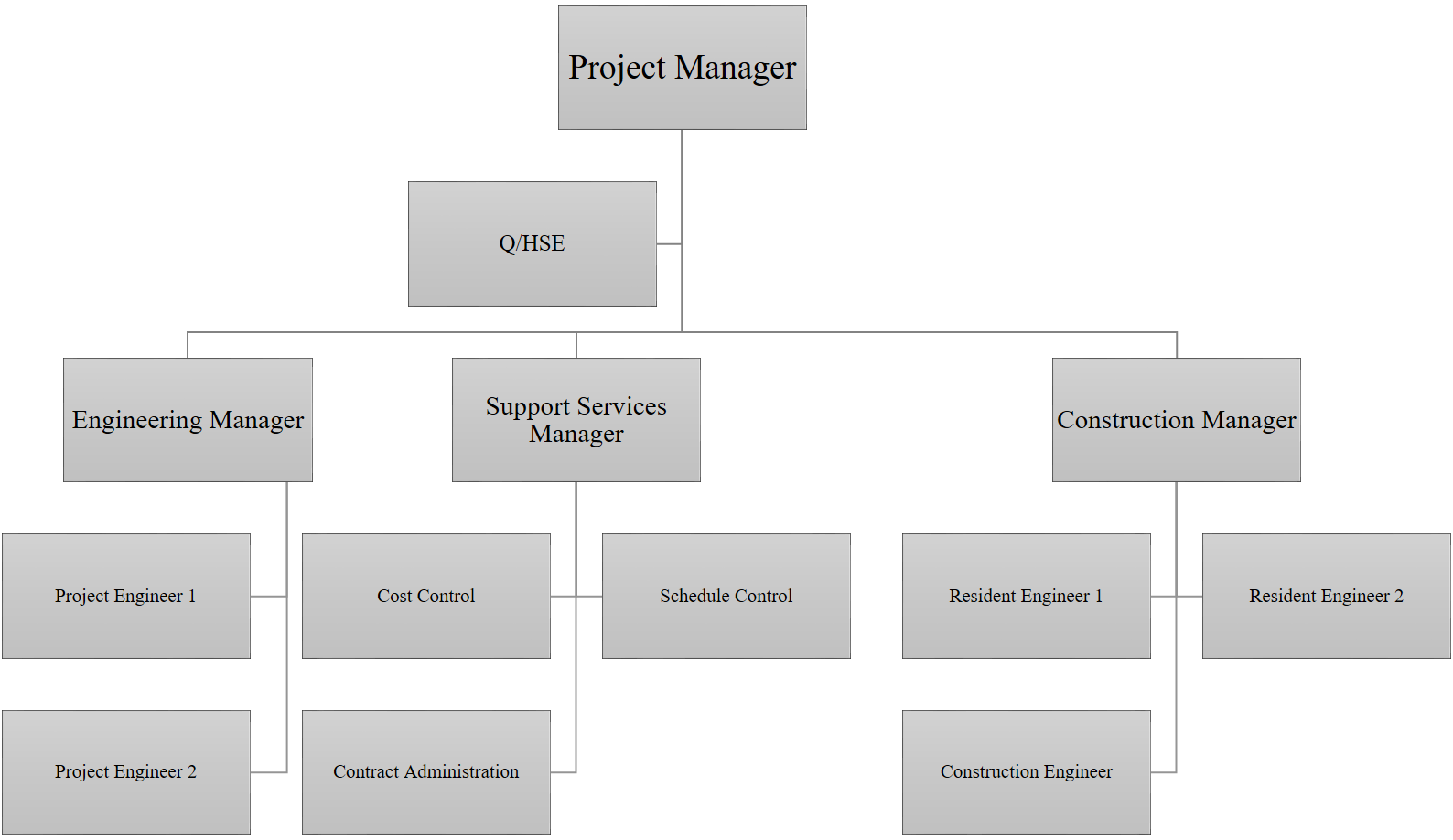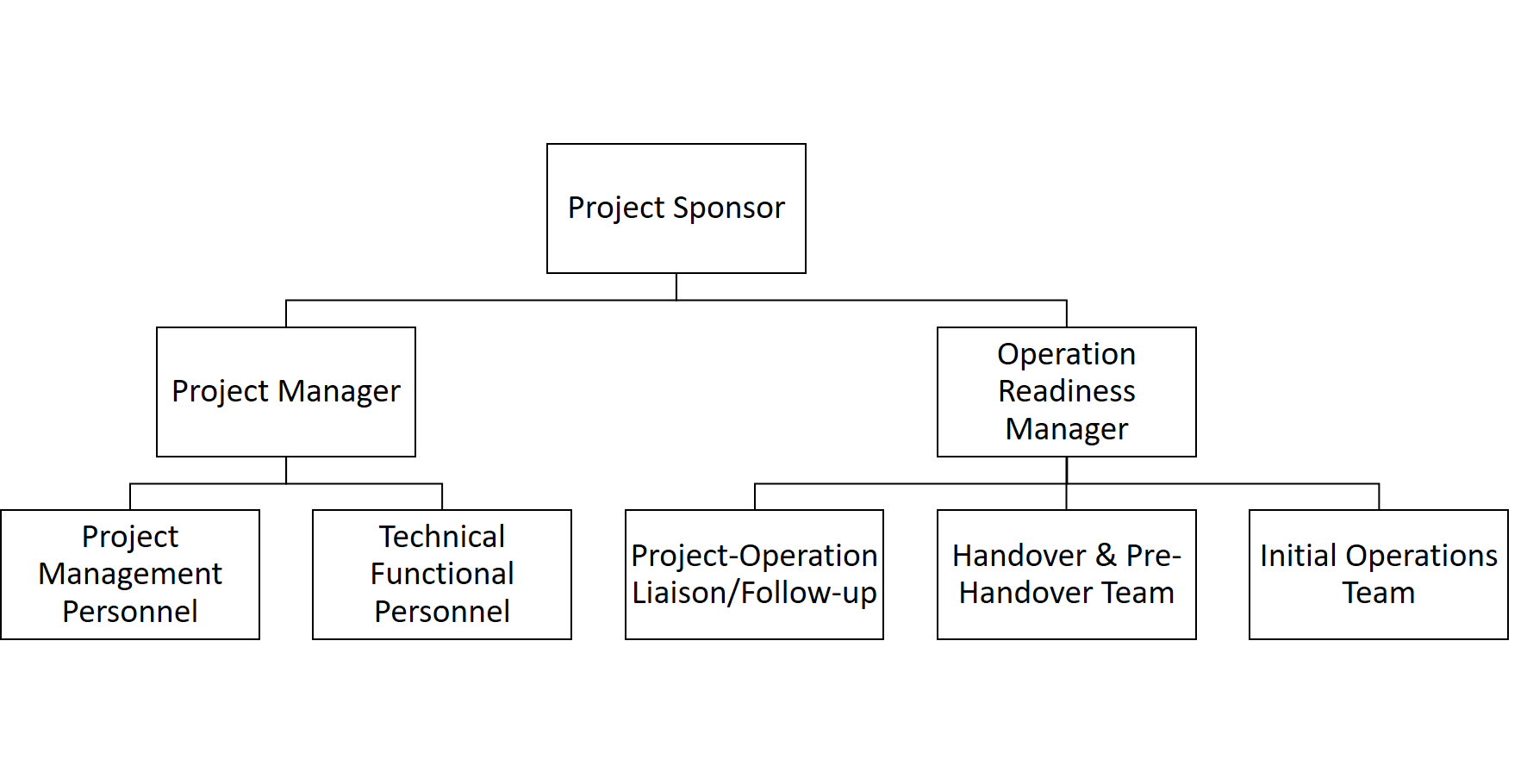This post is a section of a chapter on project management plan. It is per our CAMMP™ Model, Version 3, and from the Project Management beyond Waterfall and Agile book that will be published later this summer.
This section addresses the people aspects, a vital section of the Project Management Plan of a given project.
Introduction
As the title of this section indicates, it is about the people aspects of project management, which consist of the teams, stakeholders, and communications. Note that for the earlier stage this work would be part of the management plans for every stage. Here, the focus is on the project, the remaining work, which is the Definition Stage and the Delivery Phase with all of its four stages. For the upcoming stages, the Project Management Plan would be higher level expanded on in each stage, as required.
The project management team
The project management team (PMT) consists of the project manager and, possibly, a few other members whose job is to support the project manager in managing the project. These could include cost and schedule specialists, project engineers, planners, and other resources. At this time, the Project Management Plan will include all of these resources, functions, numbers, timing on the project, and report relations. Therefore, the plan must include what is required for each stage, in term of numbers, positions, and experience level. Figure 21-2 is a sample organization chart showing the various members of a project management team for a capital, medium or large project, which includes engineering and construction of facilities.

A few clarifications:
- Depending on the size of the project the number of PMT members could be much more than shown or consist of a few professionals, only. Further, for small-simple projects, the project manager could be the one doing all project management work with no one else supporting her.
- For larger projects, the team could consist of a few members in the early stages and grow as the project progress, peaking during the Delivery Phase. Then reducing the numbers toward the end, leaving a few professionals to close the project.
- Q/HSE (quality, health, safety, and environmental) are shown here reporting to project manager. In some situations, these positions would report to the home office with ‘dashed-line’ relation to the project manager.
- There could be other positions that are not shown here, such as document control, communication manager, administrative support, technical engineers responsible for design supervision, and other possibilities.
The extended project team
Per ISO and PMI, the project team includes three components, the project manager, the project management team, which we discussed in the previous paragraph, and the technical/functional team members who will perform the project work. These include designers, engineers, functional specialist, technical resources, and others depending on the project domain.

CAMMP™ extends on this concept and considers a project team, in line with the earlier statements, and an extended project team, which would include the operational readiness team. Therefore, the extended project team consists of two major components; each is led by a senior professional that would report to the project sponsor. Figure 21-3 represents this view and is a possible example of the extended project team that would be required to deliver the project.
The split under the Operation Readiness Manager could be entirely different and a function of the project domain. Some of these personnel could be involved from the start and at every stage while others will not be required until near the end of implementation. For new facilities, it is also likely that many will be recruited and trained to join the permanent operation team.
The extended project team will be updated and modified, as necessary, with each stage. It is even likely that most of the team members (technical/functional resources) will change from one stage to another. In other words, it is possible to have more than one team; for example, a feasibility team that is different from the definition team or delivery team.
The project stakeholders
Similar to the project team, the project stakeholders could vary over the project life, although some could be on the project end-to-end. Therefore, the stakeholders’ identification and analysis will be performed in the first stage and updated at every stage.
Project communication
Organizations need people to manage projects, projects have an impact on people, and everyone affected has a need to receive or pass information. The Project Management Plan is the tool that the project manager will use to help establish the right mechanism for effective communication. Planning starts with identifying the communication requirement for the project various stakeholders, then put the necessary answers in term of whom to communicate with, what information to share, how often, what format, and other relevant questions. The project team must be careful to address the needs from non-team members, the other stakeholders.
There could be a follow-up article discussing the people aspects across the project stages but the above covers the main concepts.


Trackbacks/Pingbacks